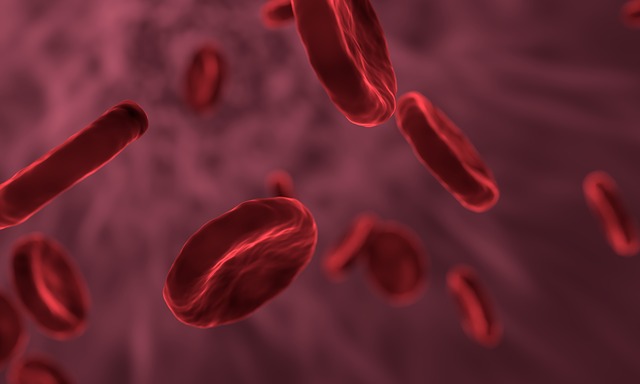As a clinical pharmacist, we have to recognize that there are several causes of anemia. Anemia can be sometimes be caused by medications and sometimes not so much. Where is can get really complicated is when we have multiple factors that are or possibly can be contributing to anemia. Here’s a list of a few common causes of anemia that you must recognize, and how medications can play a role.
- Blood loss. Significant drops in hemoglobin can occur due to blood loss. This is generally a pretty obvious cause. Trauma, GI bleeding, menstrual bleeding, etc. are all common causes of anemia. Medications can certainly play a role in this and exacerbate the anemia. Anticoagulants like warfarin, apixiban, rivaroxaban, heparin, enoxaparin, antiplatelet medications like aspirin, and clopidogrel all need to be reassessed in an acute bleed situation.
- Iron Deficiency. Iron deficiency is very common and something I see in practice on nearly a daily basis. Iron is an important factor in the production of red blood cells. Patients who have iron deficiency present with microcytic anemia (low MCV). It is important to remember that iron can have numerous drug binding interactions.
- B12 deficiency. This is a good one for pharmacists to remember. There are a few medications that can cause B12 deficiency which can ultimately lead to anemia. The two most common medications that I look for first are metformin and PPI’s. Lack of intrinsic factor in the elderly can also be a significant cause of anemia.
- Folic Acid. Folic acid is an important factor in the formation of red blood cells and deficiency can ultimately lead to anemia. Some common examples of medications that can cause folic acid deficiency would be methotrexate, trimethoprim, sulfasalazine, and phenytoin. Usually a drug like trimethoprim is only short term, which is typically not going to be an issue. However in rare situations, you may see it used in UTI prophylaxis. Patients with low folic acid or B12 may present with macrocytic anemia (high MCV).
- Kidney disease. In assessing causes of anemia, you must look at a patient’s kidney function. Patients who have kidney disease, may be lacking in erythropoietin. The kidney produces EPO which is necessary for the formation of red blood cells.
- Chemotherapy. Chemo agents can wipe out the functionality of bone marrow which is necessary for the production of red blood cells. This is a situation where you may see exogenous erythropoietin used a medication in the form of Epogen or Aranesp.
Hopefully this gives a quick, but relevant guide on some of the common causes of anemia!
Love the blog? Get a free gift simply for following! Over 5,000 medication loving healthcare professional have taken advantage of this!



Add inflammatory diseases (e.g., RA) and volume overload as reasons for anemia.
Add hemolytic anemia that has many drug-related causes.
It is important to evaluate anemia ALL THE TIME. Anemia is never normal